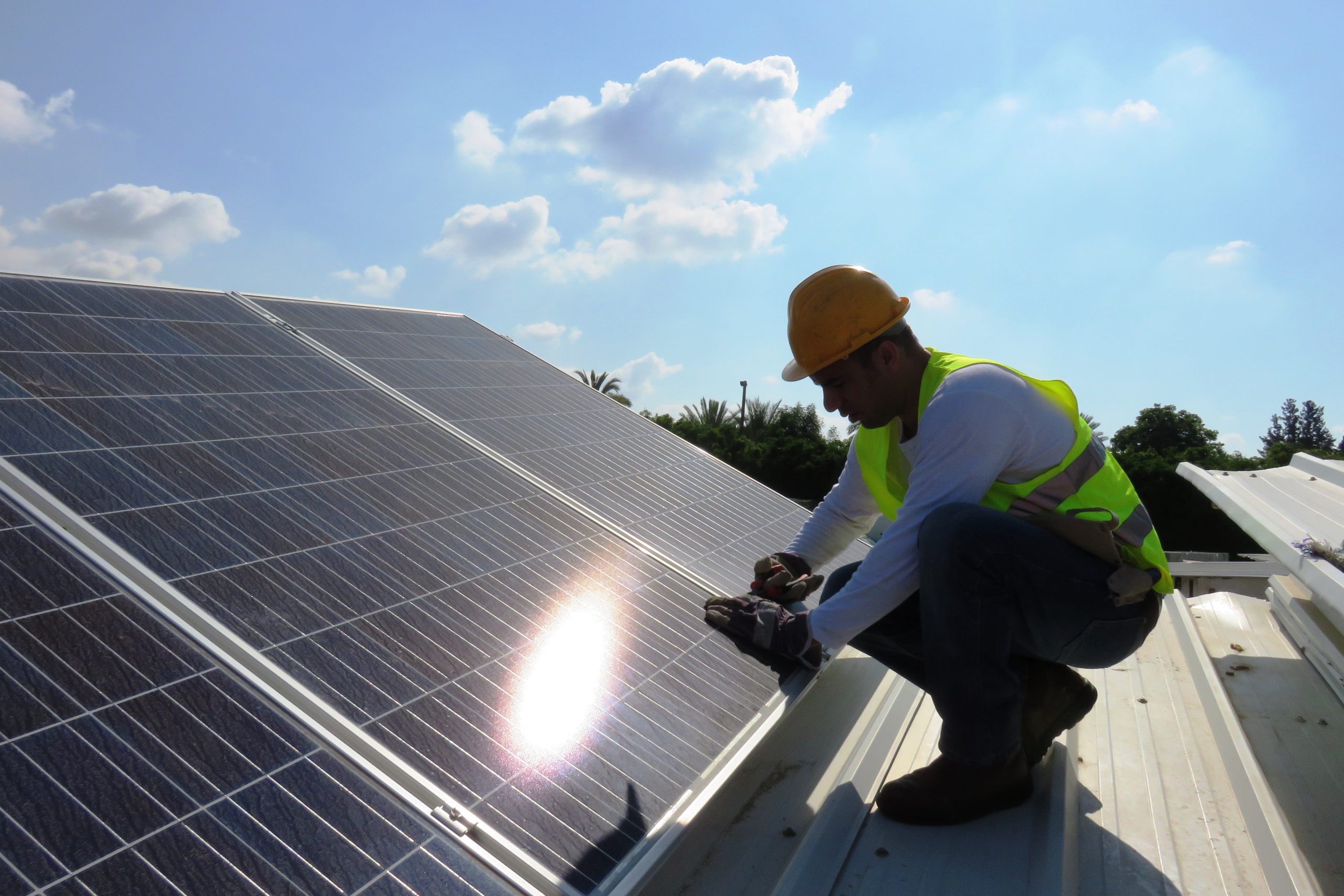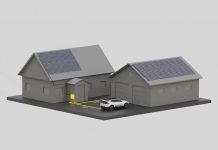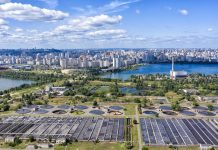Scotland’s solar energy industry has warmly welcomed the removal of the need for planning permission for solar panels on rooftops in Scotland.
The Scottish government’s eagerly anticipated overhaul of permitted development rights (PDRs) for rooftop solar has now officially come into force. Previously there was a 50kWp upper limit for permitted rights for rooftop solar on homes and some non-domestic buildings, above which full planning permission was required.
The changes will have a really significant benefit for business and commercial rooftops to help reduce energy costs. This move follows the removal of non-domestic rates for rooftop solar in last year’s budget, which industry also campaigned for. Both these changes will eliminate considerable barriers to rooftop installations.
Thomas McMillan, chair of Solar Energy Scotland, welcomed the announcement: “Simplifying the planning process for rooftop solar will make a substantial difference to Scotland delivering 6 gigawatts of solar by 2030.
“With energy costs continuing to be stubbornly high, solar remains one of the most effective ways of reducing the charges of running residential and commercial buildings: this change by the Scottish Government makes the process of installing solar quicker and easier and is warmly welcomed.”
Flat roof systems can also be installed under permitted development, provided they do not protrude more than one metre from the roof surface.
Even solar in conservation areas can be permitted development under certain circumstances, such as not being on primary elevations or fronting roads. Only World Heritage sites and listed buildings are exempt from the new changes.
Solar Energy Scotland has long advocated this change. The new rules remove costly, time-consuming red tape which will speed up the deployment of solar panels on rooftops and help Scotland achieve its climate and solar deployment targets, as well as enabling easier access to cheaper energy for consumers and businesses.
Only Northern Ireland now retains an upper system limit on permitted planning guidelines. The three other home nations continue with differences based on the type of building affected, however.
Other changes to the solar landscape include free-standing solar panels permitted within the curtilage of non-domestic buildings, covering areas of up to 12 square metres, and restrictions relaxed for PV canopies.
Solar installers & suppliers are eager for continued dialogue with Holyrood officials on whether the curtilage limit could be extended in future.




